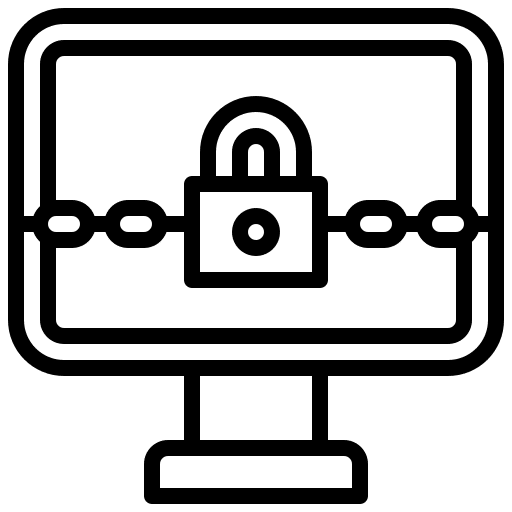Ransomware – Definition, Examples & How to Stay Protected
- Juraj
- 13 February 2025
What is Ransomware? (Quick Definition)
Ransomware is a type of malicious software (malware) that encrypts a victim’s files or locks them out of their system, demanding a ransom payment to restore access. Cybercriminals typically spread ransomware through phishing emails, malicious downloads, or software vulnerabilities. Paying the ransom does not guarantee that access will be restored.
🛑 How Ramsomware Works (Step-by-Step Example)
1️⃣ Infection – The ransomware enters a system through phishing emails, malicious websites, or software vulnerabilities.
2️⃣ Execution – Once inside, it executes and begins encrypting files or locking the system.
3️⃣ Ransom Note – A message appears demanding payment, often in cryptocurrency, to unlock the files.
4️⃣ Payment & Decryption (Not Guaranteed) – If the ransom is paid, attackers may or may not provide the decryption key.
🎯 Common Types of Ransomware Attacks & Warning Signs
| Category | Example Attack Phrases & Tactics | 🚨 Warning Signs |
|---|---|---|
| 🔥 Urgent Requests | “Your files are encrypted! Pay now!” | Creates panic and urgency |
| 📩 Malicious Email Attachments | “Invoice attached, please review.” | Unsolicited email attachments |
| 💰 Fake Software Updates | “Critical security update required!” | Suspicious pop-ups or emails |
| 🛠 Exploiting Weak Passwords | Attacking unsecured remote desktop connections | Unauthorized login attempts |
Why is This Important for Small Businesses & SOHOs?
Ransomware attacks can cause severe financial and operational damage to small businesses. Many SMBs lack dedicated cybersecurity teams, making them prime targets for attackers. Paying the ransom is risky, as it does not guarantee file recovery and may encourage further attacks. Compliance with data protection regulations (such as GDPR and CCPA) also requires businesses to implement strong security measures to prevent ransomware incidents.
✅ How to Protect Your Business from Ramsomware
🔹 Regular Backups – Maintain secure, offline backups of critical data.
🔹 Employee Training – Educate staff about phishing scams and suspicious links.
🔹 Endpoint Protection – Use antivirus software and endpoint detection solutions.
🔹 Access Controls – Implement multi-factor authentication (MFA) and least privilege access.
🔹 Software Updates – Keep operating systems and software patched against vulnerabilities.
❓ FAQs
🔹 Should I pay the ransom if my files are encrypted?
No, paying does not guarantee file recovery and funds criminal activities. Instead, restore from backups and seek professional cybersecurity assistance.
🔹 How can I tell if an email contains ransomware?
Look for urgent language, unsolicited attachments, and suspicious sender addresses.
🔹 What should I do if my business gets hit by ransomware?
Disconnect infected devices from the network, report the attack, and consult cybersecurity experts before taking further action.
🔗 Related Terms
- Phishing – Cyberattacks that trick users into revealing sensitive information.
- Malicious encryption – The unauthorized conversion of data into an inaccessible format, typically used to hold information hostage until a ransom is paid.
- Zero-Day Exploit – A cyberattack targeting unknown software vulnerabilities.
Additional Resources
📺 YouTube Video: What is Ransomware?
